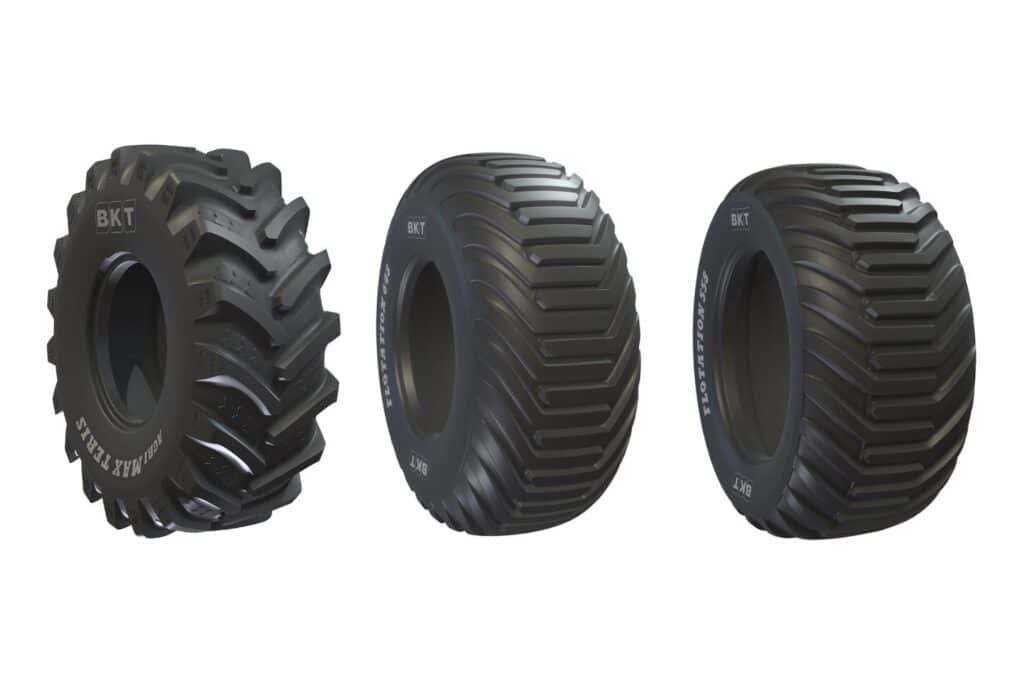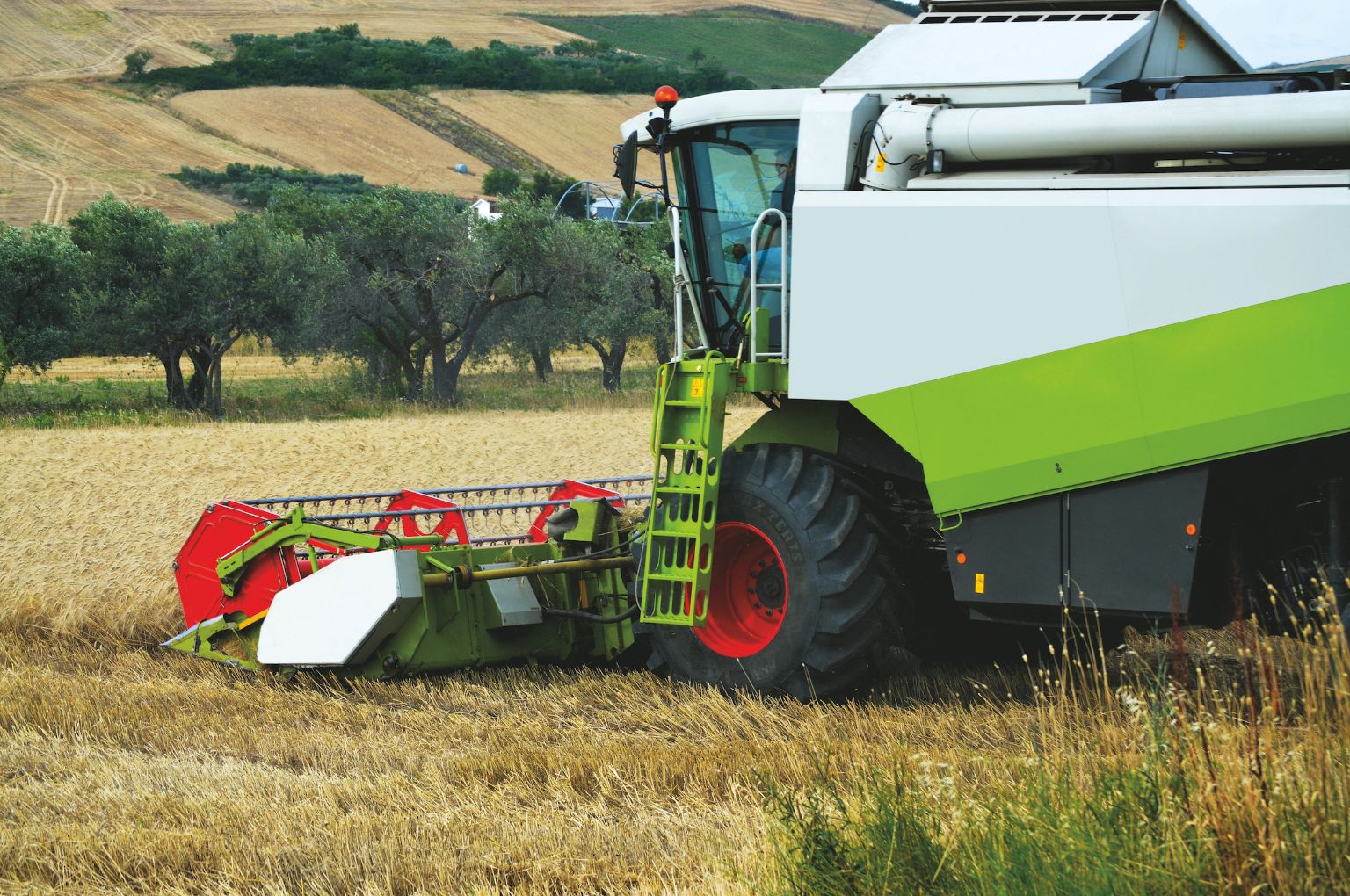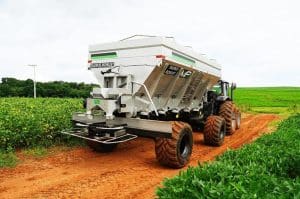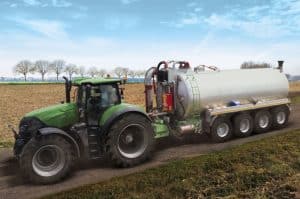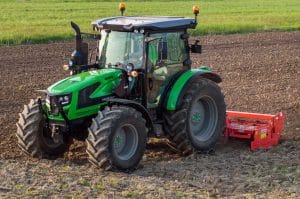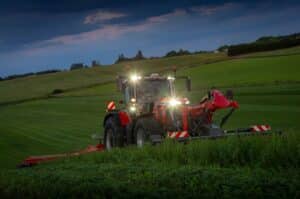Hybrid crops, excessively short cutting and bad soil maintenance can cause punctures and tears in tires. For this problem BKT suggests tires with specific compounds, in the ranges dedicated to harvesting and ploughing.
Would you walk like a fakir barefoot on a bed of nails? This is the image which can help visualize how a tire can suffer punctures and tears in crossing a field after the harvest, where the toughest stalks, the so-called stubble, can represent a real problem.
There are numerous causes, but only one solution: to use compounds and structural solutions to make the tire more resistant, because the stage immediately after the harvest, as well as dry-ploughing, are the conditions with the highest risk of puncture.
Breeders of seeds, such as corn, soybeans, cotton and rapeseed, have developed genetically modified crops, which stay stable and have high wind resistance, can withstand significant temperature variations, resist disease and parasitic infections.
But the counterpart to a robust crop is equally robust, extremely rigid stubble, in order to cut which operators have to fit out their machines with special equipment and above all with highly resistant, high-performance tires.
Stubble damages the tires in the areas of the sidewall and the tread, above all in the grooves. In passing over stubble the friction may cause detachment of large pieces of rubber, something which cannot always be repaired.
Of course there are techniques to reduce or prevent the problem: cutting stubble higher at the moment of the harvest, for example, thus allowing the tire to pass over the stubble in a point which does not penetrate, or using stubble deviation devices, such as stompers , which help push aside the residue before passing over it.
For the tires themselves too there are solutions and BKT has tried and introduced various ways to minimize the damage. The most effective interventions regard specific, highly resistant compounds and structural changes in the body of the tire.
An excellent solution is to use belts in aramid, a fiber which is five times more resistant than steel and characterized by high traction resistance. These belts also enable greater uniformity in the product on the ground, and at the same time guarantee better puncture resistance.
Given its sensitivity to this particular issue, for some years BKT has been working on its bias and radial tires, offering innovative aramid-belted versions , i.e. with belts in aramid for more resistance to punctures and special versions where the compound guarantees extraordinary resistance against cutting.
Against stubble, punctures and cuts, BKT offers a range of tires in various sizes and with IF or VF technology.
